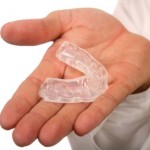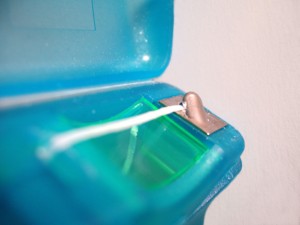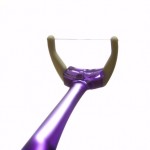What is dental trauma?
Dental trauma refers to injury/damage to the teeth and/or gums. Most commonly caused during contact sports and high contact physical activities.
Prevention
Regular use of a mouthguard during sports and other high risk physical activities is the most effective prevention for dental trauma. However, injuries can still occur whilst wearing a mouthguard as users are not always aware of the best makes or sizes, which results in a poor fit. This is why a custom fitted mouthguard is essential during physical contact sports and activities.
What to do if an adult tooth is knocked out?
- Find the tooth. Hold the tooth by the crown (the white part), not by the root (the yellow part).
- If clean, replant immediately, if possible using gentle pressure
- If contaminated, rinse shortly with cold tap water and put the tooth back in its place.
- Hold the tooth in place. Bite on a handkerchief to hold it in position.
- If you cannot put the tooth back in, place it in a cup of milk or saline. When milk or saline are not available place the tooth in between your cheek and your teeth.
- Seek dental treatment as soon as possible.




